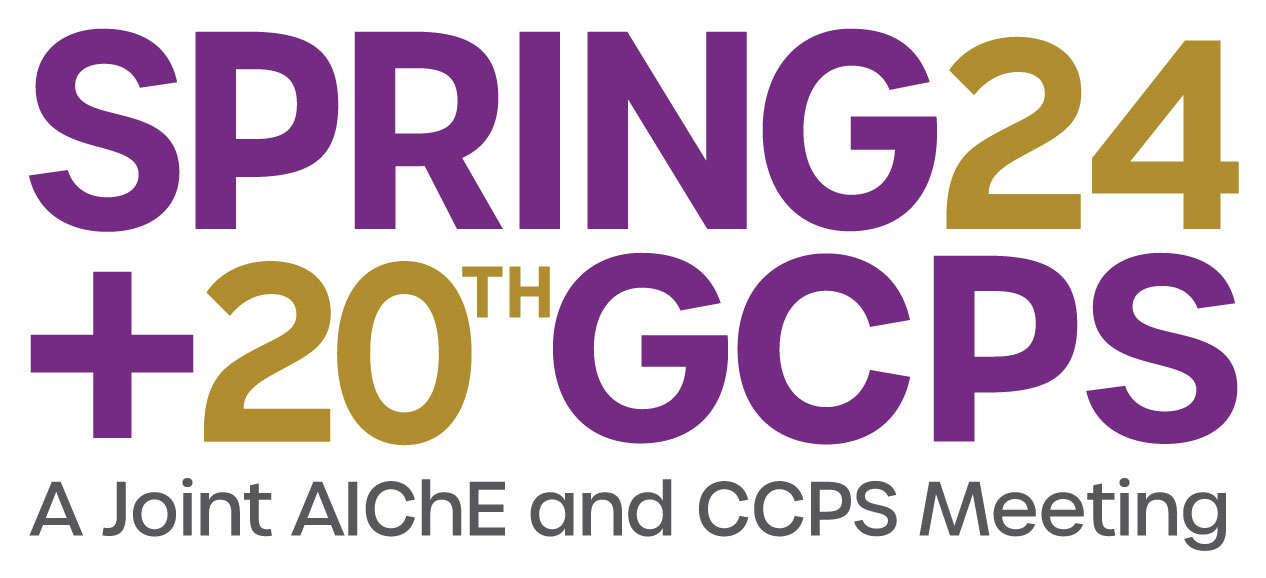

Hydrogen storage and transportation on a large scale is a bottleneck1 for decarbonization and the development of a hydrogen-based economy. US DOE has proposed to use the existing natural gas pipeline for the storage (at low concentration due to embrittlement problem) and distribution of hydrogen2. To separate hydrogen from natural gas at the place of use a continuous and stable process such as an electrochemical hydrogen pump (EHP) is used. Novel materials such as ion-pair high-temperature polymer electrolyte membranes (HT-PEMs) paired with phosphonic acid ionomer electrode binders have substantially improved the performance of HT-PEM EHPs3, 4 and fuel cells5. Our recent work of blending poly(pentafluorstyrene-co-tetrafluorostyrene phosphonic acid) (PTFSPA) with Aquivion® improved ionomer conductivity, gas diffusivity, and kinetics resulting in a remarkable EHP performance of 5.1 A.cm-2 at 0.4 V at T = 200 °C6 (under pure hydrogen) when used as an electrode binder. In this work 6, 3 types of phosphonic acid ionomers, poly(vinyl phosphonic acid), poly(vinyl benzyl phosphonic acid) by themselves and when blended with Aquivion® were studied as binders. These studies were performed in the context of an EHP platform – both membrane electrode assemblies (MEAs) and interdigitated electrode arrays (IDAs) decorated with nanoscale platinum electrocatalysts with thin film ionomer electrolytes. For all phosphoric acid ionomer types, the addition of Aquivion® promoted ionic conductivity, hydrogen oxidation/evolution reaction kinetics (HOR/HER), and hydrogen gas permeability. Solid-state 31P NMR revealed that the addition of Aquivion® significantly reduced phosphate ester formation in phosphoric acid ionomers and this played a vital role in enhancing ionomer blend conductivity. Using the best blend variant, PTFSPA-Aquivion®, a remarkable EHP performance of 5.1 A.cm-2 at 0.4 V at T = 200 °C was attained. DFT simulations identified that phosphoric acids with electron-withdrawing moieties reduced the propensity of the phosphoric acid to adsorb to platinum electrocatalyst surfaces. The surface adsorption energies for the various phosphoric acid ionomers computed by DFT were commensurate with MEA charge-transfer kinetics. A compositional model revealed that the addition of Aquivion® reduced activation and concentration overpotentials in EHP MEAs and improved exchange current density and diffusivity. Furthermore, the best-performing binder blend of PTFSPA-Aquivion® was shortlisted for further EHP study. In this study, hydrogen from a natural gas mixture (at various concentrations) was separated using EHP at various temperatures (200 °C, 160 °C, and 120 °C). Furthermore, the effect of back pressure on the anode exit and the cathode exit was studied to assess the performance of the EHP to compress hydrogen. The exit hydrogen purity was analyzed using micro-GC. Finally, a 100-hour hour durability study for purifying hydrogen was performed, to analyze the stability of the EHP. With this study, we were able to demonstrate a new electrochemical technology for purifying and compressing hydrogen.
References:
- Allendorf, M. D.; Stavila, V.; Snider, J. L.; Witman, M.; Bowden, M. E.; Brooks, K.; Tran, B. L.; Autrey, T., Challenges to developing materials for the transport and storage of hydrogen. Nature Chemistry 2022, 14 (11), 1214-1223.
- Mahajan, D.; Tan, K.; Venkatesh, T.; Kileti, P.; Clayton, C. R. Hydrogen Blending in Gas Pipeline Networks—A Review Energies [Online], 2022.
- Venugopalan, G.; Bhattacharya, D.; Andrews, E.; Briceno-Mena, L.; Romagnoli, J.; Flake, J.; Arges, C. G., Electrochemical Pumping for Challenging Hydrogen Separations. ACS Energy Letters 2022, 7 (4), 1322-1329.
- Venugopalan, G.; Bhattacharya, D.; Kole, S.; Ysidron, C.; Angelopoulou, P. P.; Sakellariou, G.; Arges, C. G., Correlating high temperature thin film ionomer electrode binder properties to hydrogen pump polarization. Materials Advances 2021, 2 (13), 4228-4234.
- Atanasov, V.; Lee, A. S.; Park, E. J.; Maurya, S.; Baca, E. D.; Fujimoto, C.; Hibbs, M.; Matanovic, I.; Kerres, J.; Kim, Y. S., Synergistically integrated phosphonated poly(pentafluorostyrene) for fuel cells. Nat Mater 2021, 20 (3), 370-377.
- Arunagiri, K.; Wong, A. J.-W.; Briceno-Mena, L.; Elsayed, H. M. G. H.; Romagnoli, J. A.; Janik, M. J.; Arges, C. G., Deconvoluting charge-transfer, mass transfer, and ohmic resistances in phosphonic acid–sulfonic acid ionomer binders used in electrochemical hydrogen pumps. Energy & Environmental Science 2023.
Presenter(s)
Language
Pricing
Individuals
| AIChE Member Credits | 0.5 |
| AIChE Pro Members | $19.00 |
| Fuels and Petrochemicals Division Members | Free |
| AIChE Graduate Student Members | Free |
| AIChE Undergraduate Student Members | Free |
| AIChE Explorer Members | $29.00 |
| Non-Members | $29.00 |
